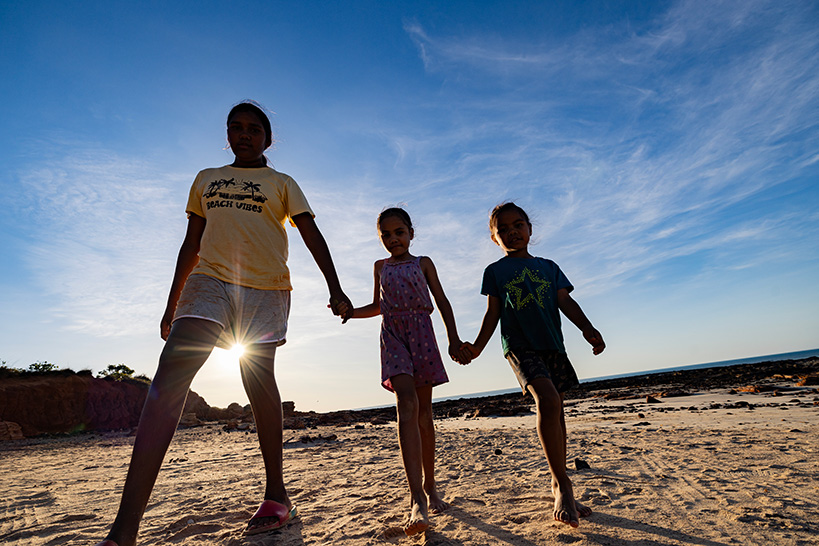Search
Research
An observational study of febrile seizures: The importance of viral infection and immunizationDetermine the frequency of detection of specific viral pathogens in children with febrile seizures
Research
Association between respiratory syncytial viral disease and the subsequent risk of the first episode of severe asthma in different subgroups of high-risk Australian children: a whole-of-population-based cohort studyTo determine the contribution of RSV to the subsequent development of severe asthma in different subgroups of children at risk of severe RSV disease.
Research
Sore throat: Is it such a big deal anymore?This review article addresses the driving factors associated with diagnosis and treatment of sore throats caused by Group A streptococcus.

Research Theme
First Nations Health and EquityAboriginal health is everyone's business. The needs of Aboriginal and Torres Strait Islander families and kids is integrated into all relevant areas of our work. Improving the health and wellbeing of Aboriginal and Torres Strait Islander kids and families is an overarching priority for every team at The Kids.
Research
Population pharmacokinetics of penicillin G: insights into increased clearance at low concentrations to guide development of improved long-acting formulations for syphilisAlthough benzylpenicillin (penicillin G) is listed by the World Health Organization as an Essential Medicine, dose optimization is a persistent challenge, especially for long-acting intramuscular formulations. Maintaining sustained antibiotic exposure at target concentrations is crucial for secondary chemoprophylaxis of rheumatic heart disease and treatment of syphilis.
Research
Change in health outcomes for First Nations children with chronic wet cough: rationale and study protocol for a multi-centre implementation science studyIn children, chronic wet cough may be a sign of underlying lung disease, including protracted bacterial bronchitis (PBB) and bronchiectasis. Chronic (> 4 weeks in duration) wet cough (without indicators pointing to alternative causes) that responds to antibiotic treatment is diagnostic of PBB. Timely recognition and management of PBB can prevent disease progression to irreversible bronchiectasis with lifelong consequences. However, detection and management require timely health-seeking by carers and effective management by clinicians.
Research
Global estimates of the number of pregnancies at risk of malaria from 2007 to 2020: a demographic studyThe most recent global estimates of the number of pregnancies at risk of Plasmodium falciparum and Plasmodium vivax malaria infection are from 2007. To inform global malaria prevention and control efforts, we aimed to estimate the global distribution of pregnancies at risk of malaria infection from 2007 to 2020.
Research
Travel-associated lineages and unique endemic antimicrobial-susceptible lineages of Neisseria gonorrhoeae predominate in Western AustraliaIn Australia, gonococcal isolates are monitored for antimicrobial susceptibilities. In Western Australia, gonorrhoea notification rates increased by 63 % between 2013 and 2016, with the steepest increase occurring between 2015 and 2016, before stabilizing at this higher baseline between 2017 and 2020. This increased prevalence was associated with antimicrobial-susceptible lineages.
Research
Fuzzy model for quantitative assessment of the epidemic risk of African Swine Fever within AustraliaAfrican Swine Fever (ASF) has spread rapidly across different continents since 2007 and caused huge biosecurity threats and economic losses. Establishing an effective risk assessment model is of great importance for ASF prevention, especially for those ASF-free countries such as Australia.
Research
A systems biology approach to better understand human tick-borne diseasesTick-borne diseases are a growing global health concern. Despite extensive studies, ill-defined tick-associated pathologies remain with unknown aetiologies. Human immunological responses after tick bite, and inter-individual variations of immune-response phenotypes, are not well characterised.
